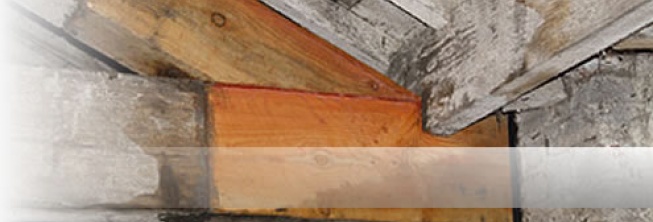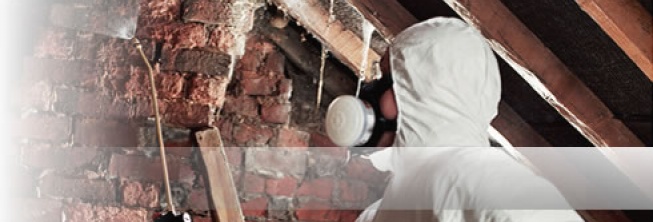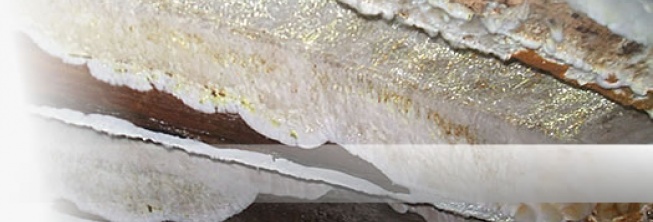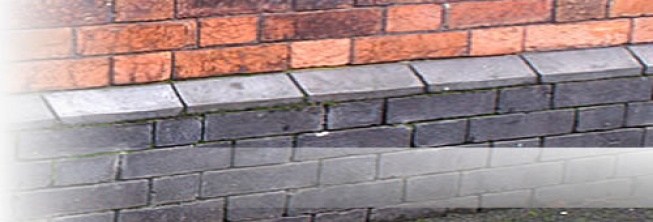Bat Conservation
- 15 Aug 2014
- General
In May of this year, Prestige Preservation carried out a survey for woodworm infestation at St. Peters Church Areley Lane, Upper Areley, Worc’s. DY12 1XB. St. Peters Church is part of Kidderminster Parish Churches Team Ministry (www.kpctm.co.uk) and is a grade 2 listed building of sandstone construction dating back to the 12th Century.
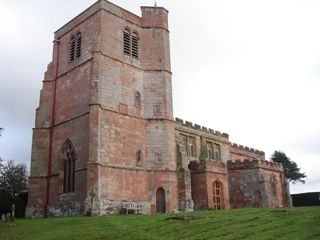
It was clearly evident that bats were in occupation ... find out what happened to the bats >>
Taking good care of bats
During our first woodworm survey it was clearly evident that bats were in occupation of the building and were present in both the belfry and the main body of the church, sharing the building with Death Watch Beetle (Xestobium rufovillosum) and the Common Furniture Beetle (Anobium punctatum). Do the right thing and be upfront with Natural England and you will get plenty of support to manage the bat conservation.
Bats leave a lot of faeces and urine which stains, just like mice but it is quite easy to tell the difference in the faeces alone. Not very pleasant but easy to do – pick up a faeces and rub it between your fore finger and thumb – if it’s dry and powdery it is probably mice droppings, if it’s greasy then it’s bat droppings, this is caused by the different diets. Bats eat flying insects and are quite partial to butterflies, although they don’t like the wings, so if you find quite a pile of butterfly wings and no bodies then you may be close to a bat roost. Mice generally eat grains and therefore mouse droppings are dry and powdery when rubbed.
After carrying out the dreaded test it is time to call Natural England on 0845 600 3078 or you can call the Bat Conservation Trust Helpline on 0845 130 0228. We call Natural England as their help and advice was exceptional. In this case as we were dealing with a Church they advised me that a FREE Bat Survey could be carried out by using volunteers.
Initially Natural England arrange for us to have a visit from a local Ecologist who then arranged for volunteers from Brum Bats (www.brumbats.wordpress.com) to carry out a bat watch.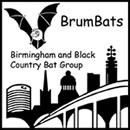
All of this was carried out quickly and during the watch which I attended three species of Bat were found to occupy the church, these being Common Pipistrelles, Soprano Pipistrelles and a Brown Long Eared. The Soprano Pipistrelle as its name suggests is recognised by its higher frequency echolocation call.
Common Pipistrelles weight about 5 grams (that less than a pound coin) and a single pipistrelle can eat up to 300 tiny insects in one night. The Brown Long Eared has exceptionally sensitive hearing and can hear a ladybird walking on a leaf!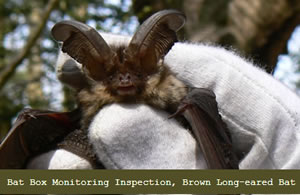
Bats have two roosts usually a summer roost and a winter roost, so in case of insecticidal woodworm eradication treatment or any kind of timber treatment or disturbance of the roost it is generally thought to be a good idea to treat in May time as the females will not yet have set up a maternal roost.
REMEMBER you have to obtain a licence to carry out any treatments or disturb any bats or roost for any kind of works including damp proofing, wood worm or dry rot treatments, failure to this may not only harm a bat or bats or even maim or kill one or several and there is also a hefty fine. A potential fine for each offence is £5000.00. If more than one bat is involved the fine is £5000.00 per bat, the offender can also be jailed for six months.
If you see an injured, sick or grounded bat do not pick it up or handle it call the Bat Conservation Helpline on 0845 130 0228 immediately.
Once you have got the ball rolling if you are given a licence for works to go ahead you will receive this in a few weeks time, this will detail what bats are present and advice on how the treatment is to be carried out – you must carry out the works in the manor described or you main injure a bat or bats and could be prosecuted.
Prior to treatment being carried out the ecologist will return to the site and confirm that any works can proceed and check the specification. Any differences can then usually be sorted on site before works commence. You will also have to supply the name and product you propose to use, so that it can be checked against the list of bat friendly pesticides list. We used Tritec 121 as this is generally our preferred product from Triton Systems Ltd being a third generation micro emulsion with excellent penetration qualities.
Should the property you are dealing with be privately owned then an ecology company will need to assess the need and requirement for treatment. Recently we worked together with Darwin Ecology (www.Darwin-ecology.co.uk ) on a large private project in Kinver, South Staff’s. In the case of a privately owned property the owner will be responsible for paying the ecology company as the free service is only available to properties of public interest at the moment. Dealing with Michael Cummings Director at Darwin Ecology was a good experience and he was extremely helpful. On site we dealt with ecologist Elizabeth Sturgess who every morning would ensure that no bats were present in the roof or cellars where we had to work before we commenced our works and even moved them to a safe place if they were in occupation.
There is loads of help and advice available both online and at the end of the telephone. My advice would be pick up the phone and talk to Natural England in the first instance even if the property is privately owned as the sooner you get them on board the easer the process will be. If the property is privately owned I would have no hesitation in recommending Darwin Ecology as consultants to any of our clients.

